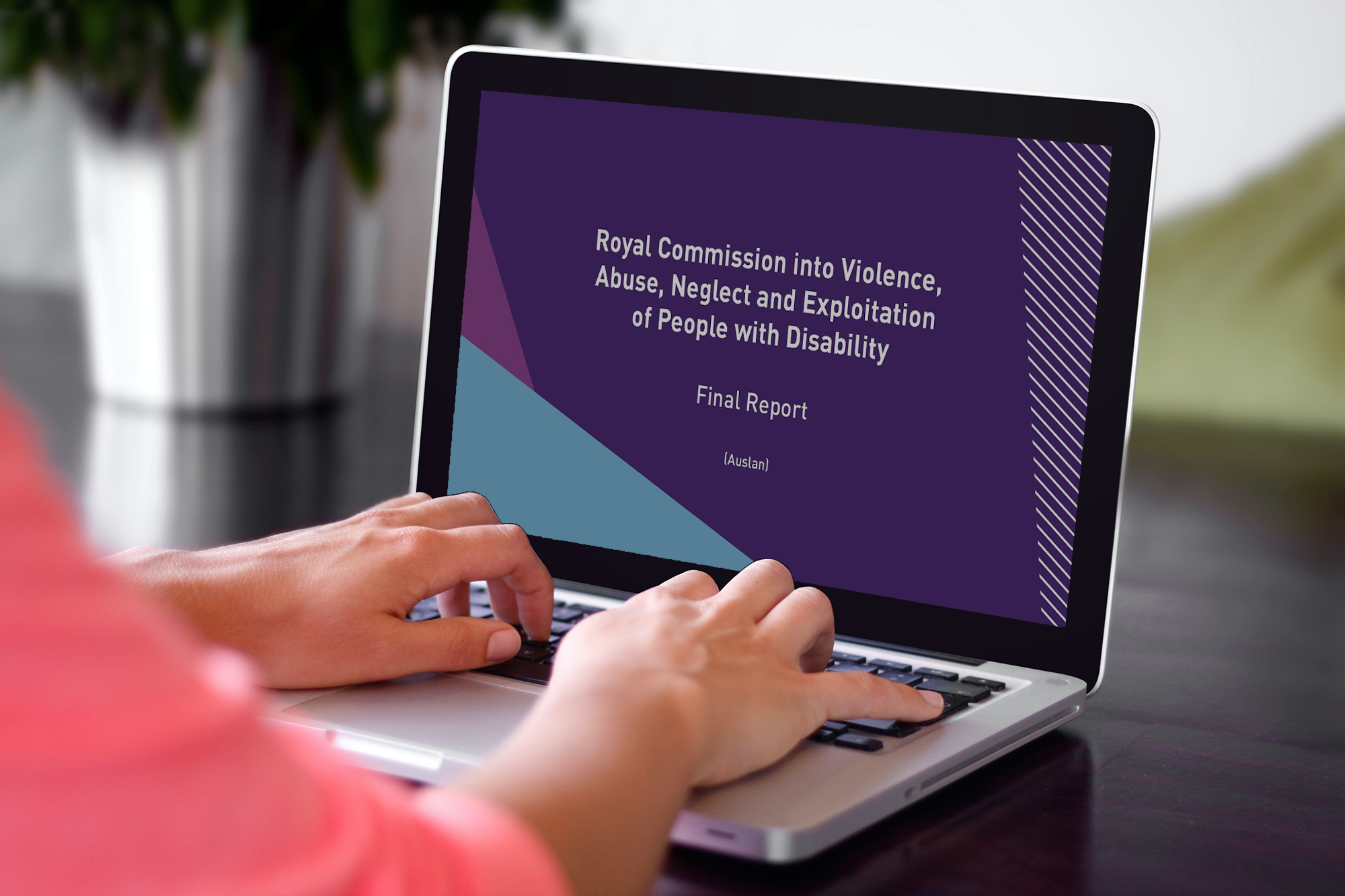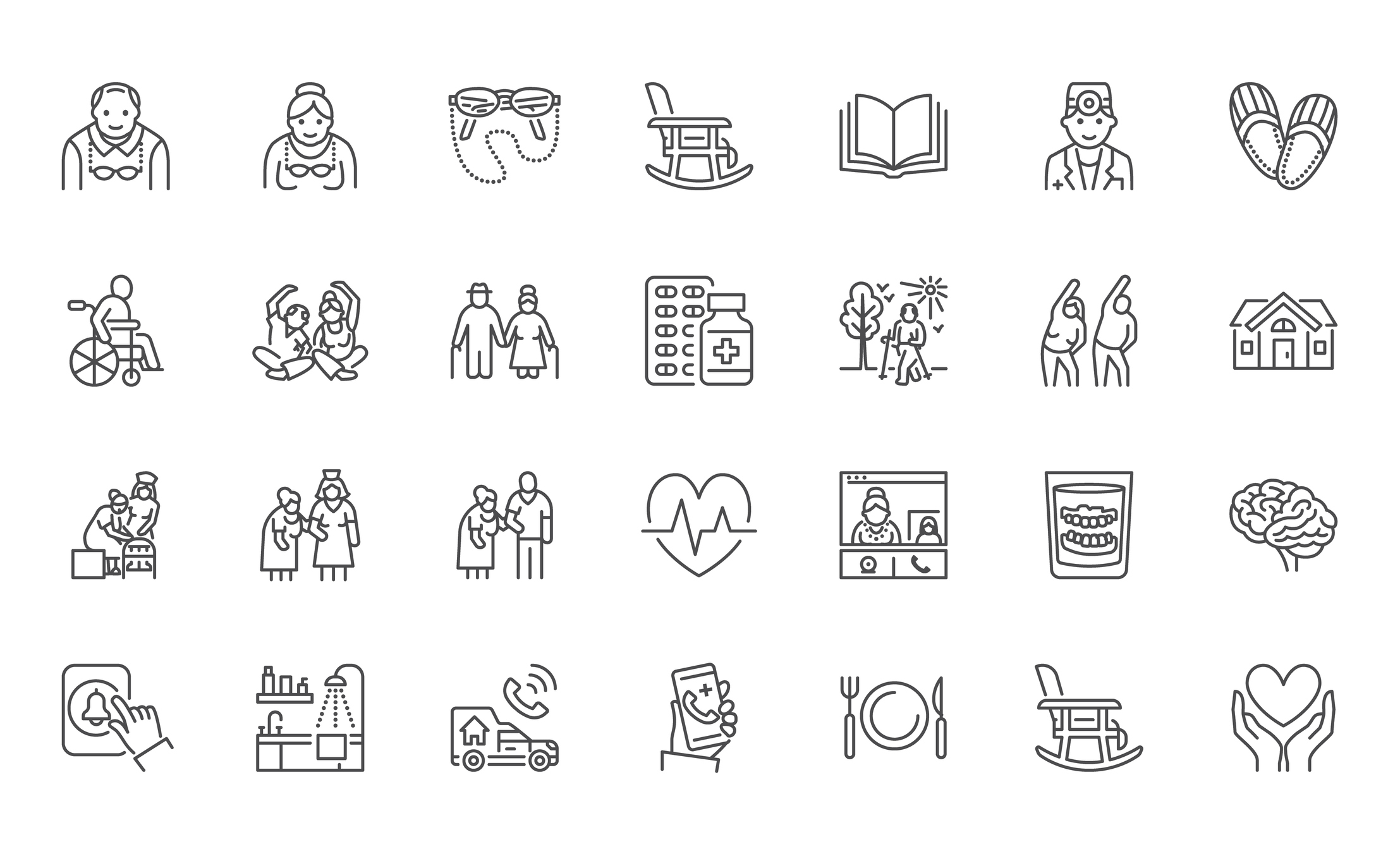An effective call bell system is a key part of safe and quality care delivery in facilities providing services to care recipients. It can play an important role in risk mitigation, staff management and ongoing continuous improvement processes, and also helps demonstrate to your care recipients your organisation’s commitment to safe and high quality services.
Promptly responding to call bell requests from care recipients can aid in risk management and the prevention of issues such as falls or pressure injuries. Long or delayed response times for call bells can be a sign of policy or procedure issues relating to the staff model or communication. Monitoring call bell response times and the reasons for the calls can contribute to identifying opportunities to improve service delivery.
It’s therefore vital for organisations to have processes and procedures in place to provide this assistance for their care recipients.
1. Staff management
One of the most important aspects of a call bell system is the provider’s ability to respond to requests in a timely way. To achieve this, facilities must manage their staffing and rostering to support their staff’s ability to respond to call bells. Failure to roster enough staff, overburdening staff with too many responsibilities, and a lack of communication around expected responsibilities, priorities and processes are all common explanations for high call bell response times.
2. Standards compliance
While you won’t find call bells specifically mentioned in standards requirements, there’s a lot of indicators that can be supported by good call bell response practices. For example, in a number of Provider Performance Reports, the Aged Care Quality and Safety Commission has referred to call bell response times and reporting as relevant to its assessment of compliance by providers with:
- Standard 3(3)(b) – Effective management of high-impact or high-prevalence risks associated with the care of each consumer;
- Standard 7(3)(a) – The workforce is planned to enable, and the number and mix of members of the workforce deployed enables, the delivery and management of safe and quality care and services; and
- Standard 8(3)(d) – Effective risk management systems and practices.
As another example, for care facilities following NSQHS, call bell system management and reporting is relevant in relation to the Clinical Governance Standard and the Comprehensive Care Standard.
3. Quality improvement
Reviewing call bell response records can form an important part of an organisation’s continuous quality improvement processes. Accurate records of the reasons for each call bell use, as well as response times, are useful for verifying care recipient and staff feedback and/or complaints and highlighting where improvements can be made in service procedures. Commonly listed reasons for response times outside the target window indicate opportunities for organisations to review current processes and how they impact safe and quality service delivery.
How SPP can help
We’ve developed a new policy template for providers with call bell systems to optimise their call bell procedures. The template will help providers set response time KPIs, clarify staff responsibilities, and put in place regular reporting and analysis.
In addition, our SPP self-assessment platform allows providers to link their call bell records as evidence against relevant Standards.
We're here to help.
Need help with your call bell procedures? Ask us about a free trial of SPP.


